How Art Embodies Story: An Exploration of Basquiat Through a Physically Integrated Dance Performance
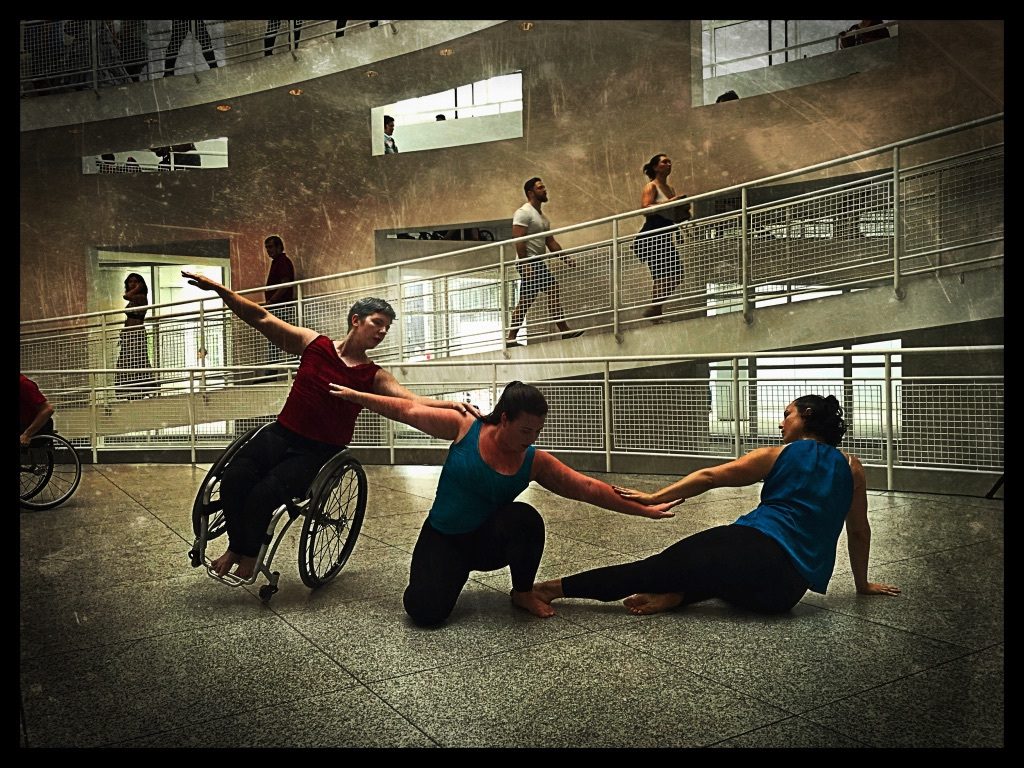
Melissa McCune reports on a recent dance project of Full Radius Dance—a company that integrates disabled and non-disabled dancers—which interpreted the works of artist Jean-Michel Basquiat. As a child, Basquiat experienced a debilitating injury that greatly influenced his art. Encountering groundbreaking works such as these, McCune explains, can help clinicians look beyond basic anatomy to see the “layered nature” of pain and disability.
“What is saving you now?”

None of us could ever have imagined that we would be a part of one of the generations of history. But our challenge has arrived. In an inspirational message, JHR Editor-in-Chief Dr. Sarah Blanton examines what it means to navigate these uncertain times. She demonstrates how a humanities perspective can well be what saves us and makes us stronger. “I truly believe this cohort of clinicians, experiencing this pandemic, will emerge with exceptional levels of resiliency, compassion, cognitive flexibility, and critical thinking skills…,” she concludes. “Our world will be remarkable in ways we have yet to imagine.”
Profiles in Professionalism With Carol M. Davis
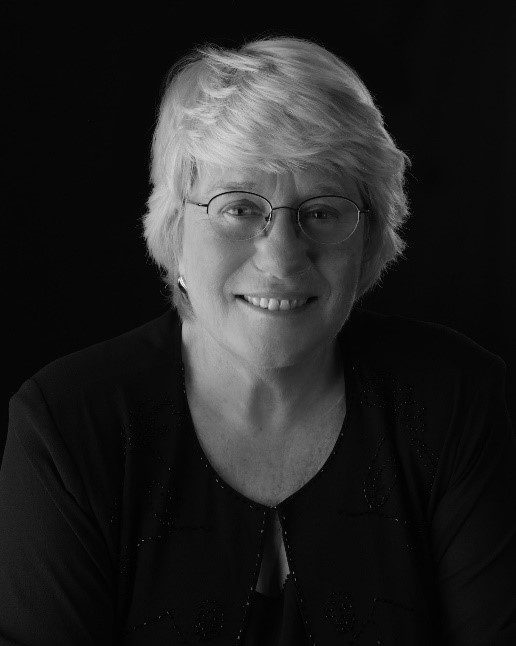
In this personal and insightful interview, Dr. Carol M. Davis relates her process of becoming a physical therapist, noting that the road to professionalism involves a willingness to “mature into oneself.” Describing her experiences working with students entering the field of physical therapy, she illustrates why studying the humanities helps students move beyond viewing their work as merely an occupation. Her reflections steer us towards a deeper understanding of what it means to be an extraordinary professional.
My Journey Using Art as Physical Therapy
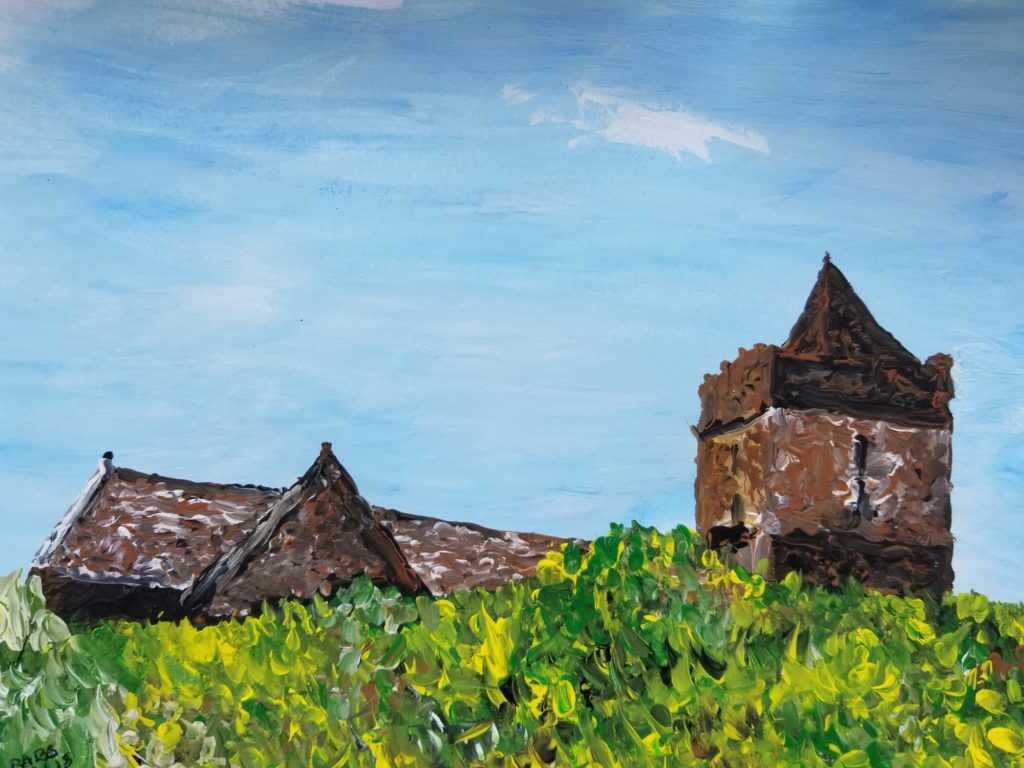
Babs McDonald describes her journey toward recovery from an ischemic stroke through painting and sketching. Through numerous examples of her artwork, she details her experiences pushing through impairment to create images chronicling her life. Based on her success, she advocates for the use of fine art techniques to foster upper limb movement in stroke survivors. Creating her art, she says, has taught her that “there are no failures in my recovery, only new challenges.”
Dynamic Autonomy in Chronic Pain Management: Frida Kahlo Illustrates
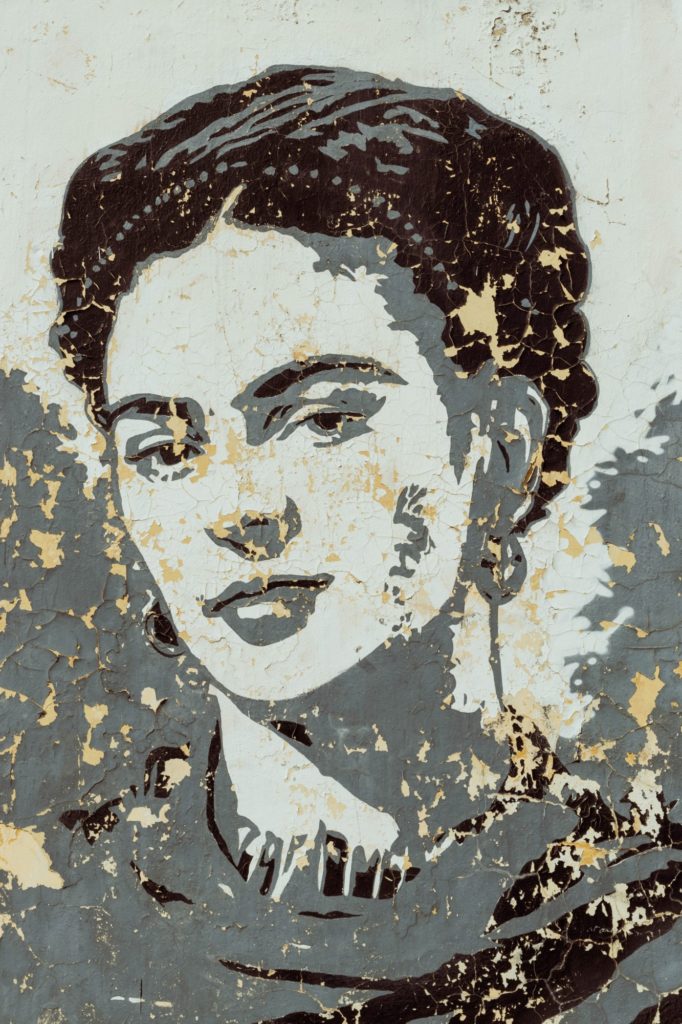
As today’s healthcare professionals struggle to address the challenges of chronic-pain management, Debra Gorman-Badar argues that current multidisciplinary programs are missing a crucial component: an updated conception of patient autonomy. She details how expressive therapies help patients integrate their chronic-pain experiences into their lives and promote healing self-knowledge—as Frida Kahlo did through her remarkable paintings.
Toward True Equity: A Call for Further Revisions to the ADA

In a timely and important editorial, Jamie Fleshman, SPT calls for new amendments to the Americans with Disabilities Act. She identifies a critical contributor to American disability: the continued inaccessibility of public spaces. Attention must be drawn, she argues, to an American infrastructure that has been constructed for “a certain set of abilities,” and is profoundly outdated.
Agency Restored, Dignity Preserved: Lessons Learned as an Art Historian About Enhancing Quality of Life for People With Dementia
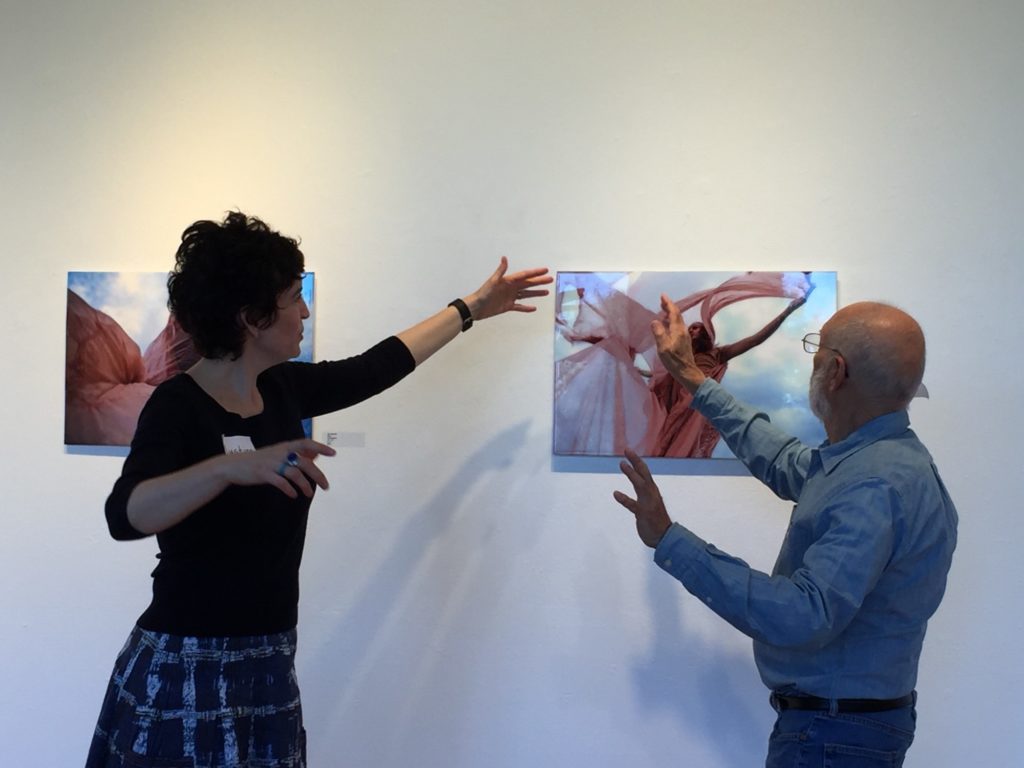
“What started as a narrowly-focused mission to welcome people with dementia … into our museum for the first time evolved into a much broader and more profound project: to reinvent what agency within the museum would look and feel like for visitors living with dementia,” author Susan Shifrin notes in this compelling piece. She details her journey from that experience to founding ARTZ Philadelphia, a program that invites people with dementia to serve as mentors to program participants.
Profiles in Professionalism With Beth Skidmore

This installment of JHR’s interviews with industry innovators focuses on clinician, researcher, and educator Beth Skidmore, an award-winning Occupational Therapist whose gifts inspire a wide range of students. Beginning with her early days, detailing why she chose her field, to describing her current leadership roles, Dr. Skidmore offers a compelling picture of how professionalism develops and professionals reach enlightenment. “I think now professionalism means to me…grace and humility,” she notes.
Poet in Profile – Ted Kooser
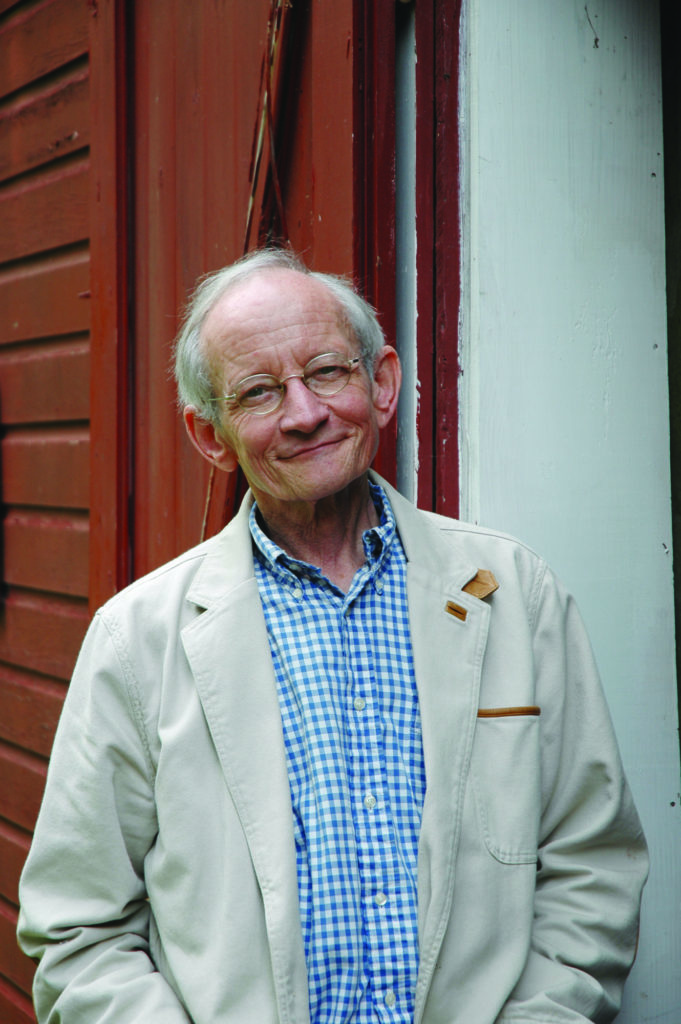
Interpreting poems written by renowned poet Ted Kooser in a Nebraskan winter in 1998, his friend Amy Haddad highlights the beauty of the human spirit when faced with life-threatening challenges. Kooser wrote the poems on his two-mile walks before dawn as he recovered from surgery, chemotherapy, and radiation for tongue and neck cancer in 1998. Compact and powerful, they show how one creative mind forged a bit of order in the “chaos” of recovery.
‘Making Strange’: Exploring the Development of Students’ Capacity in Epistemic Reflexivity

Engaging in epistemic reflexivity, or the ability to question the ways in which we practice, and their association with organizational and social structures, is the key to gaining a clear perspective on the profession, according to these authors. How can students take a step back, and gain true insight into their professional world? This study employed a 7-step framework to introduce learners to the process of “making strange.”

